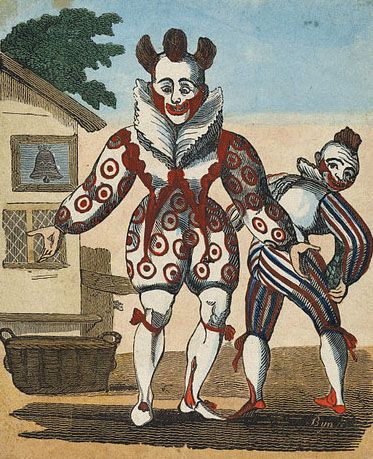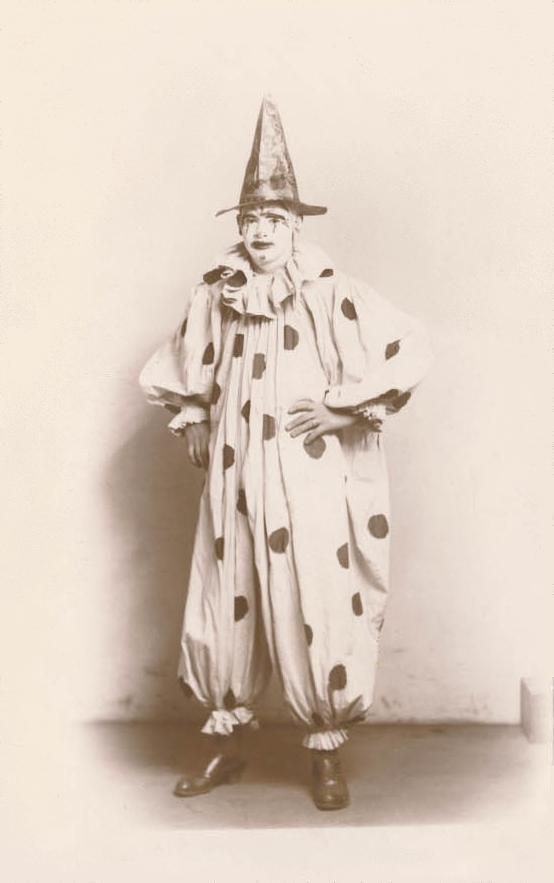History of Clowning - Facts about Clowns
Circus clown is a performer who works in the circus and uses physical humor to entertain the audience. They often wear colorful clothing, makeup, wigs, and exaggerated footwear. World clown comes from the Icelandic word “klunni” which means “a clumsy person”.
The first known clowns date from the time of the Fifth dynasty of Egypt, around 2400 BC. Later civilizations also knew about clowns. Early clowns were also priests, and their roles were almost inseparable. Clowns of ancient Greece were bald and wore padded clothes to appear larger. Ancient Roman clowns wore pointed hats and were the butts of the jokes. Italian commedia dell'arte of the 16th century introduced masked characters Arlecchino (Harlequin) and Pierrot (Pirouette).
In time some standard types of clowns developed:
Joseph Grimaldi originally designed a whiteface clown in 1801. It has its face and neck covered with white makeup, its mouth painted with a grin, and black eyebrows. His clothes are extravagant, and he is a sophisticated character. He has the highest status in the clown hierarchy.
Auguste has his face painted pink, red, or tan. His mouth and eyes are painted white, and his lips and eyebrows are black. His clothes can be well-fitted or opposite. His character is that of an anarchist, a joker, or a fool.
The character clowns are parodies of different types, like a butcher, a baker, a policeman, a housewife, or a hobo. Common subtypes of this type developed in North America are The Hobo, The Tramp, and The Bum. The Hobo travels and has no luck but has a positive attitude. The Tramp is the same but without a positive attitude and always sad.
Some famous clowns from history are still remembered:
Joseph Grimaldi was an English artist who practically invented the modern clown. After him, even today, clowns are called “Joey”.
Matthew Sully was the first circus clown in the United States. He performed in Ricketts's circus and was a Harlequin, tumbler, and singer.
John Durang was the first "American-born" circus clown. He also performed in Ricketts's circus.
Jean Baptiste Casmiere Breschard brought back circus clowns into the United States in 1804 after a dry spell when no circuses worked.
Joe Pentland was an early modern clown who had a sketch in which he would appear at the circus as a drunken sailor and offered to ride a horse. After a few failures, falls, and laughter from the audience, he would strip into his leotard and start riding with a skill.
Clowns, as all artists, have their slang:
Clown Alley: a part of a backstage where clowns dress and where they hold their props.
Boss Clown: a clown responsible for leading the other clowns.
Charivari: a type of acrobatic clown routine.
Carpet Clown: a clown who starts his act from the audience for a better comedic effect.
First of May: a novice performer without previous experience.
Truper: a name for a performer with considerable experience – the one who has spent at least one entire season with the circus – a seasoned veteran.

